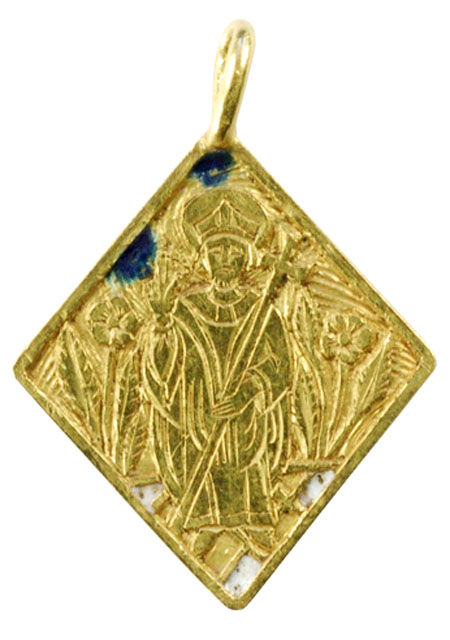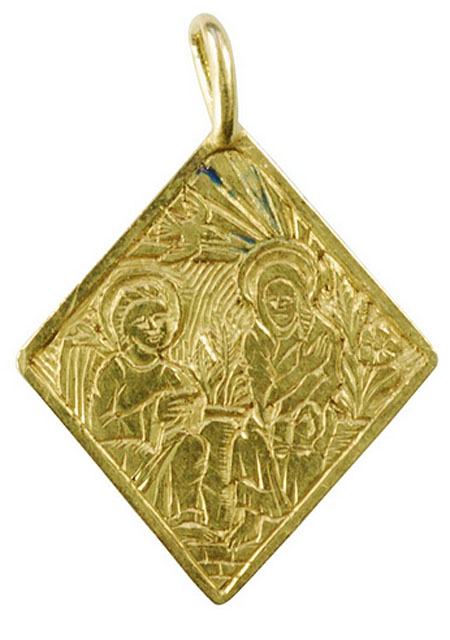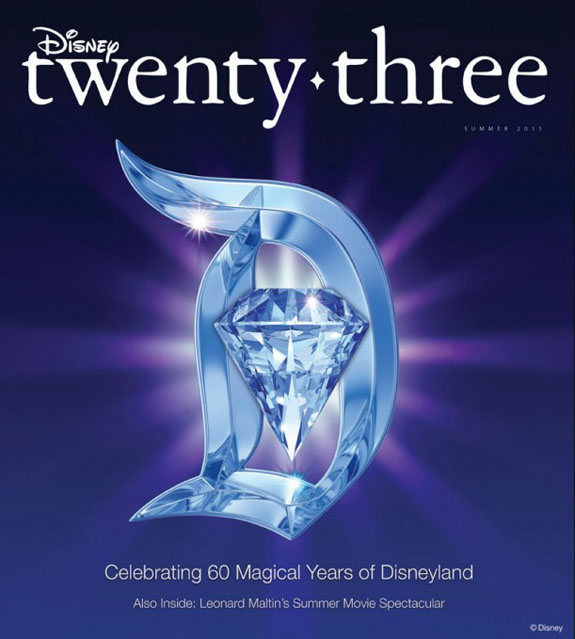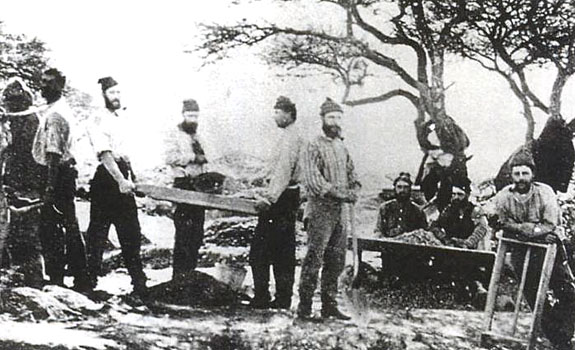When a British woman unearthed a tiny gold pendant in her garden she had no idea of its origin or value. She saw the item as unremarkable and it remained in her possession for three decades. Recently, she tried to sell the piece as scrap gold — and this is when she learned that her humdrum find was truly extraordinary.

Her local jeweler identified the masterfully engraved jewelry — depicting Christian religious images on the front and back — as a rare historical treasure dating back 500 years.

The Buckinghamshire County Museum raised £13,000 (about $20,00) to purchase a "beautiful and fascinating little piece of Bucks heritage," according to spokesman Brett Thorn. The pendant is likely a souvenir of a pilgrimage to Thomas Becket's tomb. Becket was the archbishop of Canterbury until he was murdered in his cathedral in 1170. He was made a saint three years later.
Thorn said it was common for pilgrims to buy and wear jewelry to show they had made the pilgrimage. Whether the jewelry was basic or elaborate depended on what the pilgrim could afford.

The museum proudly promoted its newest acquisition on its Facebook page: "1st chance to see in 500 years! For the first time since it was lost, half a millennia ago, this beautiful gold medieval pendant, showing Christian scenes, can be admired again. A marvel of miniature craftsmanship, the detail on the scenes showing the Virgin Mary, and Thomas Becket, are stunning. Come and see for yourself, in the Jewellery Gallery, then tell us what you think..."
In an exhibit called "A Little Piece of Heaven," the piece is displayed in a lucite cylinder accompanied by giant-size replicas of the front and back of the pendant so the museum visitor can see the fine details of the work.
There is some evidence that the miniature carving may have been even more colorful and elaborate when it was new because the piece shows traces of blue and white enamel. The pendant measures about one inch across, dates from 1450 to 1500 and is in amazingly pristine condition.
Thorn told the BBC, "Apart from the incredible level of skill of the craftsman who made it, it also tells us something about how important religion was to the lives of the people at that time."
Normally, precious artifacts dug up in the English countryside would have to be turned over to authorities under the 1996 Treasure Act. But since the pendant was found 30 years ago, predating the Act, it could be sold privately.
Images via Facebook/Bucks County Museum and Roald Dahl Children's Gallery







